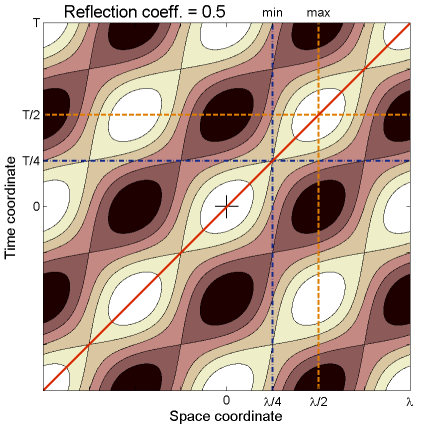Research
What are we working on?

In the DSCM group we aim at unraveling the underlying physics governing materials where interactions among electrons are not negligible and which exhibit new and unexpected phenomena. Currently, we are interested in the spin dynamics of one- and two-dimensional systems, with dominating electron interactions, investigated using nuclear magnetic resonance (NMR), as well as complementary techniques such as inelastic neutron scattering (INS), muon spin rotation and relaxation (µSR), angle-resolved photoemission spectroscopy (ARPES) and SQUID magnetometry. We are developing experimental setups able to reach high hydrostatic pressures and very low temperatures which, together with access to external pagehigh magnetic fieldscall_made, allow us to investigate matter under extreme conditions and explore novel states and phenomena such as quantum-spin liquids, quantum phase transitions, etc. Our research activity is performed both at ETH, as well as at large-scale facilities, such as Paul Scherrer Institut (PSI).
Strongly correlated electron systems
The independent electron approximation, which works so remarkably well in case, e.g., of simple metals, cannot account for a range of phenomena arising in complex materials, where electron-electron interactions are no more negligible. These materials, generally known as "highly-correlated electron systems", include transition metal oxides (of which cuprate and pnictide superconductors are an example), heavy fermion metals (typically involving rare earths and actinides), organic charge-transfer compounds, as well as one- and two-dimensional electron gas systems.
The experimental investigation of their properties, in order to advance our understanding in one of the most challenging areas of physics, represents also the mission of our research.
Competition or cooperation?
Strongly correlated systems strike a very delicate balance between different types of interactions, whose energy scales are close to each other. Therefore, it is not a surprise, that such materials are often characterized by the coexistence of different types of order: charge, orbital, and spin-density wave, as well as superconducting and magnetic orders.
It is natural to assume that these phenomena are competing with each other and, depending on the experimental conditions (as e.g., applied magnetic field, pressure, or temperature), only one type of order to predominate. Nature, however, is more subtle since although the different types of order seem to compete, the respective dynamic fluctuations are mostly occurring in concomitance, often reinforcing each other. The understanding of these cooperative (i.e., synergetic) effects is far from clear and our research in the dynamics of strongly correlated systems strives to get new insights into their ground and low-lying energy states through the use of different microscopic probes.
